Latest on COVID-19 in MN: 65 deaths; hospitalizations, cases continue to ebb

Go Deeper.
Create an account or log in to save stories.
Like this?
Thanks for liking this story! We have added it to a list of your favorite stories.
Updated 2:38 p.m.
Minnesota officials on Friday reported another 65 COVID-19 deaths, continuing an already dreadful December — 1,130 deaths posted in the first 18 days of the month, atop more than 1,100 recorded in November.
The grim numbers were buoyed somewhat by the continued easing of new daily caseloads and hospital admissions, which are retreating from their late November, early December highs.
The Health Department posted 2,737 newly confirmed or probable COVID-19 cases, part of a week of relatively moderate counts.
It said 1,144 people remain in the hospital with COVID-19 as of Thursday, with 270 needing intensive care. While that’s still fairly high, the seven-day trend for new hospital admissions has receded to levels not seen since early November.
Turn Up Your Support
MPR News helps you turn down the noise and build shared understanding. Turn up your support for this public resource and keep trusted journalism accessible to all.
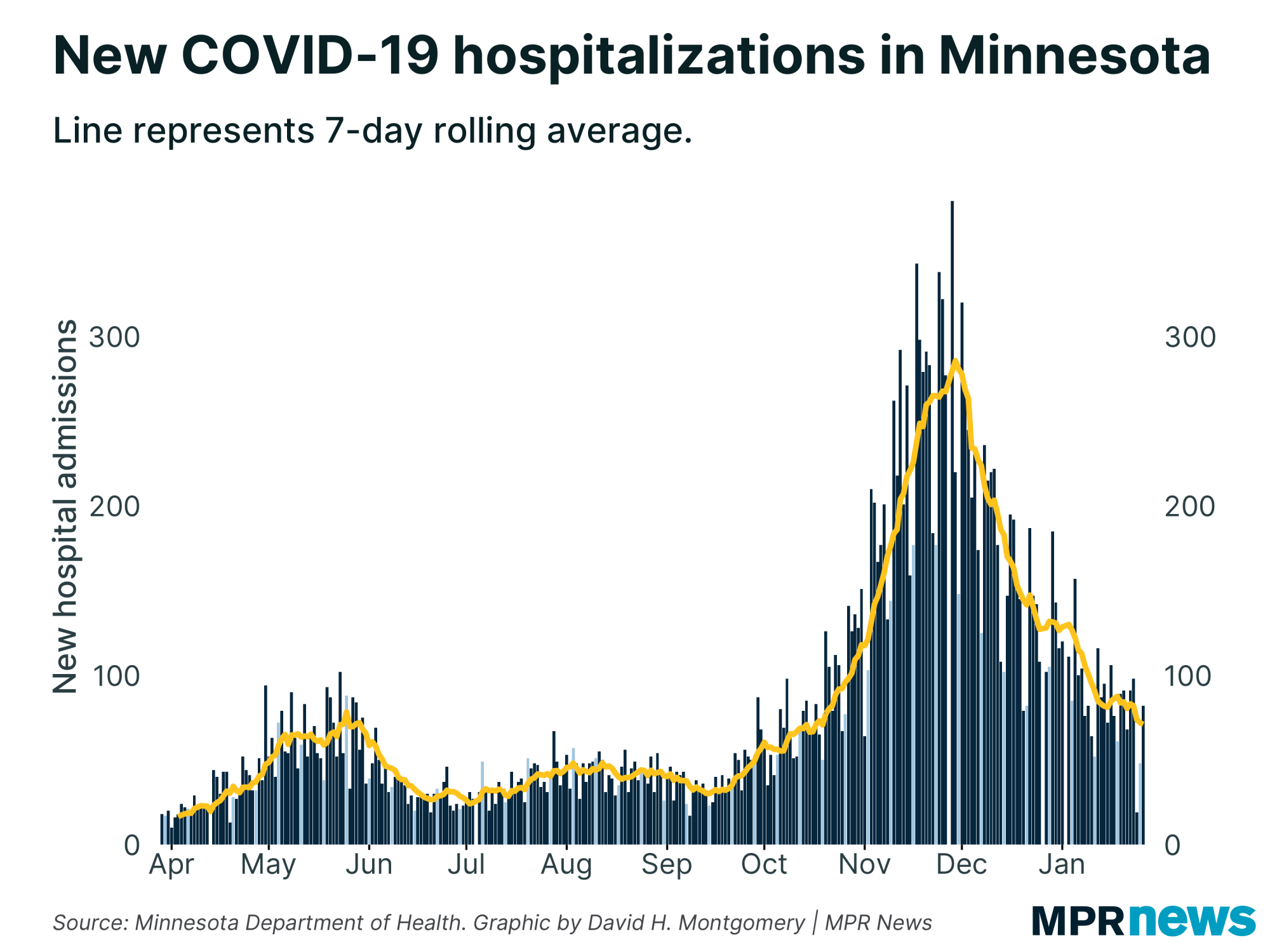
Despite the improving metrics, officials continue to warn that Minnesota is not out of the woods. Gov. Tim Walz on Wednesday extended the state’s ban on indoor bar and restaurant service, saying the state remained in a precarious spot and that Minnesota may face a spike in February.
“These are positive signs but, again, there is still a lot of virus circulating in our communities,” Health Commissioner Jan Malcolm told reporters Friday. “It’s just really critical that we keep our guard up” going into the year-end holidays.
“We know that we need to see two solid weeks of this kind of decline to make sure that it’s really a valid decline and not just an artifact of numbers being slow to come in,” she added.
The start of vaccinations this week is a positive sign, with 947 health care workers vaccinated already, added Kris Ehresmann, the state’s infectious disease director.
Still, she cautioned that people who get vaccinated will still need to wear masks and take other measures in the short term until more data pours in on the vaccines’ effects in stopping the spread. The vaccine keeps people from developing COVID-19, she noted, but it's not clear if they can still acquire and spread the virus.
New cases, deaths
The Health Department’s newest tally of confirmed or probable COVID-19 cases put the pandemic total at 391,889. In about 92 percent of those cases, people have recovered to the point they no longer need to be isolated.
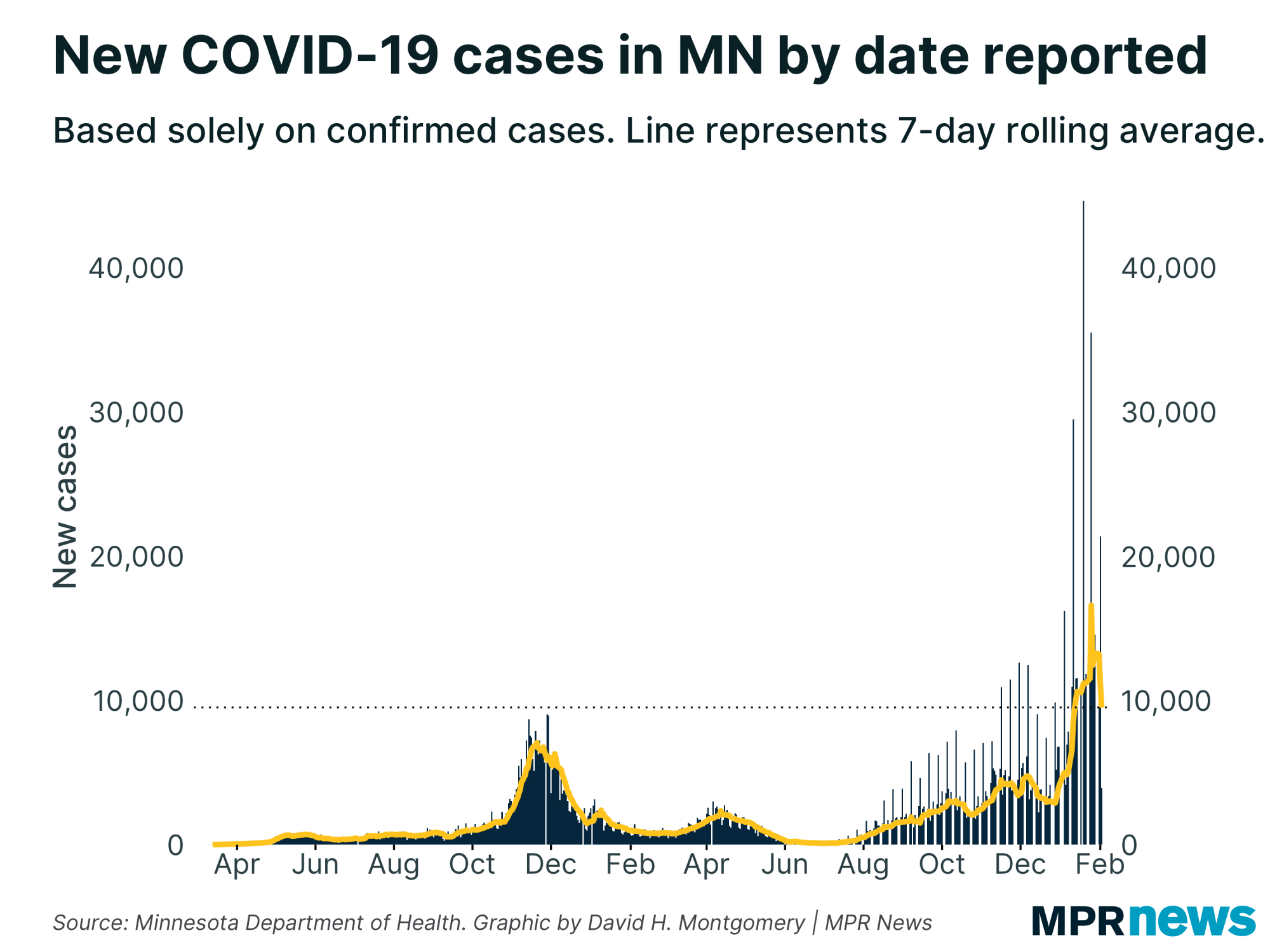
The deaths reported Friday raised Minnesota’s toll to 4,723. Among those who’ve died, nearly two-thirds had been living in long-term care or assisted living facilities; most had underlying health problems.

The toll remains awful. More than 2,200 COVID-19 deaths have been reported during November and December. That’s nearly half of all the deaths in the pandemic.
Saturday’s Health Department report will likely push reported deaths this month higher than in all of November, cementing December as Minnesota’s deadliest of the pandemic.
Caseloads spread across age groups
People in their 20s still make up the age bracket with the state’s largest number of confirmed cases — more than 75,000 since the pandemic began, including more than 40,000 among people ages 20 to 24.
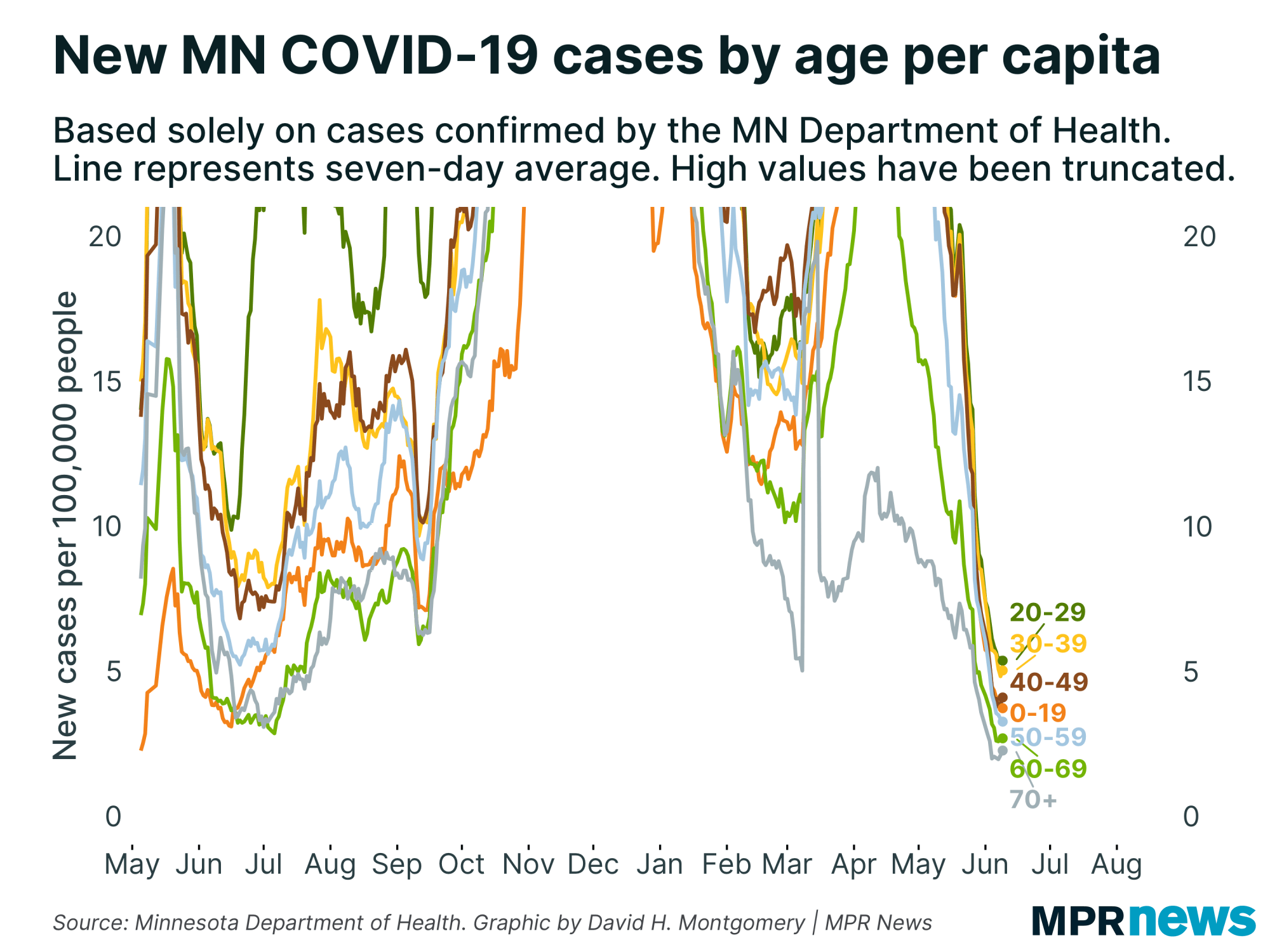
The number of high school-age children confirmed with the disease has also grown, with more than 30,000 total cases among children ages 15 to 19 since the pandemic began.
Although less likely to feel the worst effects of the disease and end up hospitalized, experts worry youth and young adults will spread it to grandparents and other vulnerable populations.
It’s especially concerning because people can have the coronavirus and spread COVID-19 when they don’t have symptoms.
New cases ebb in rural Minnesota
Central and western Minnesota drove much of the increase in new cases over the past five weeks, while Hennepin and Ramsey counties showed some of the slowest case growth in the state.
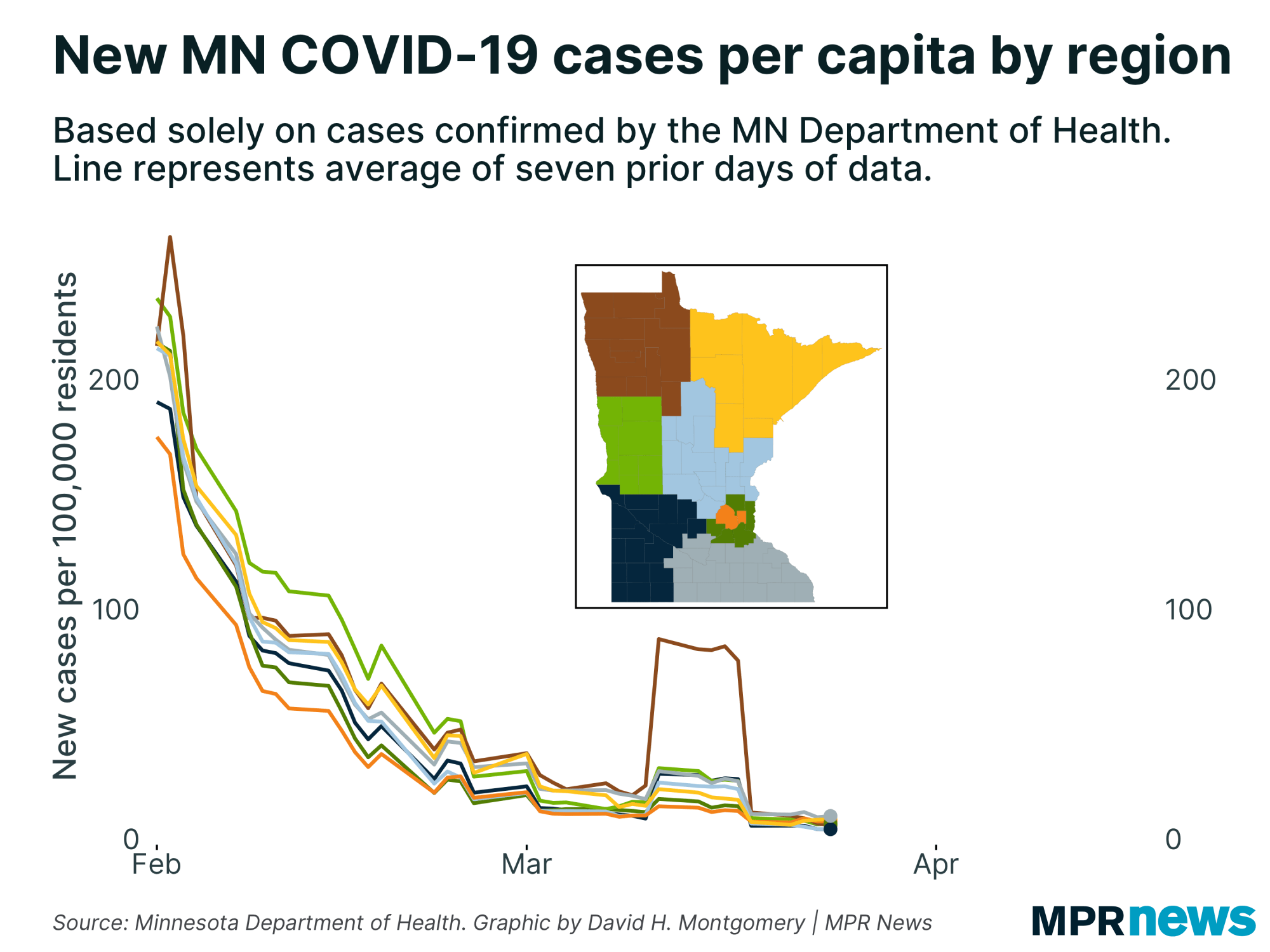
After a spike in confirmed cases through much of November and early December, all regions of the state have seen new case numbers plateau or fall.
Hot spots continue to pop up in rural counties relative to their population.
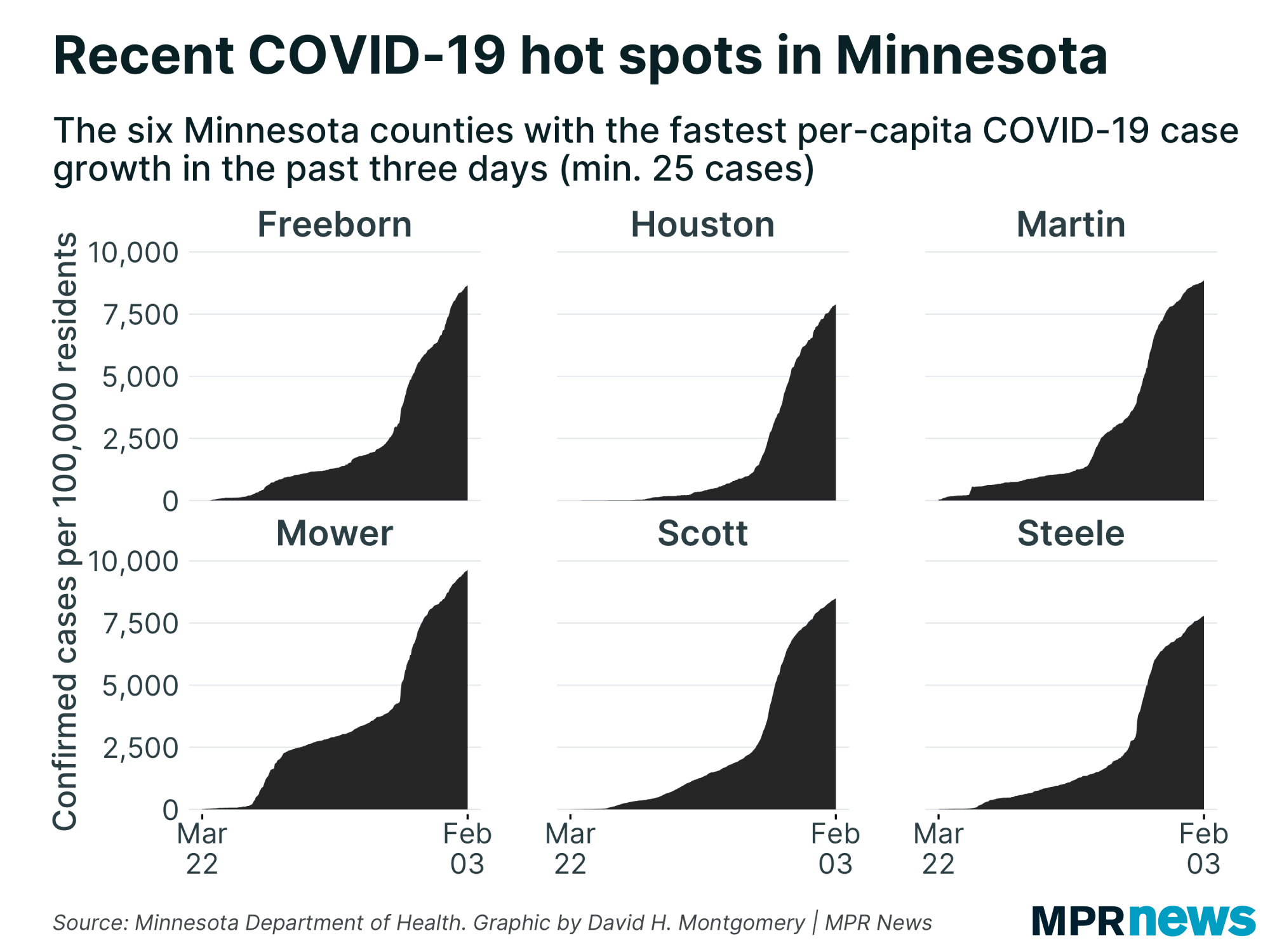
Caseloads still heaviest among people of color
In Minnesota and across the country, COVID-19 has hit communities of color disproportionately hard in both cases and deaths. That’s been especially true for Minnesotans of Hispanic descent for much of the pandemic.
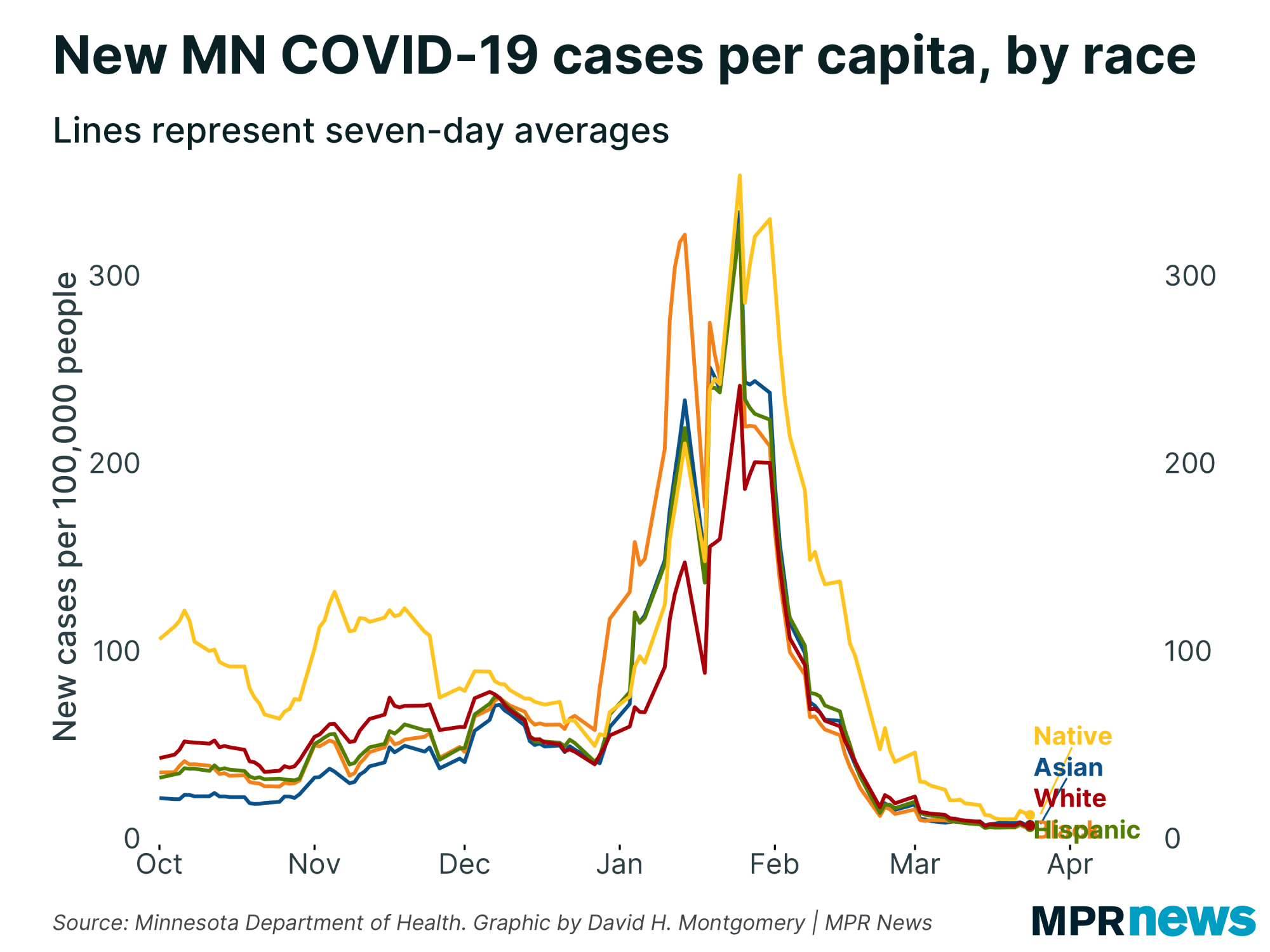
Even as new case counts ease from their peak a few weeks ago, the data shows people of color continue to be hit hardest.
Distrust of the government, together with deeply rooted health and economic disparities, have hampered efforts to boost testing among communities of color, officials say, especially among unauthorized immigrants who fear their personal information may be used to deport them.
Similar trends have been seen among Minnesota’s Indigenous residents. Counts among Indigenous people jumped in October relative to population.
Officials continue to plead with Minnesotans to wear masks in public gathering spaces, socially distance, stay home if they don’t feel well and otherwise stay vigilant against the spread of COVID-19.
‘Really unsafe situations’
Officials have been anticipating another wave of climbing caseloads and hospitalizations soon originating from Thanksgiving holiday celebrations. But it hasn’t happened yet.
State public health leaders this week and last said they were somewhat hopeful that many families heeded the public pleas to not gather in big groups for Thanksgiving, and so the worst-case scenarios of a post-holiday surge might not materialize.
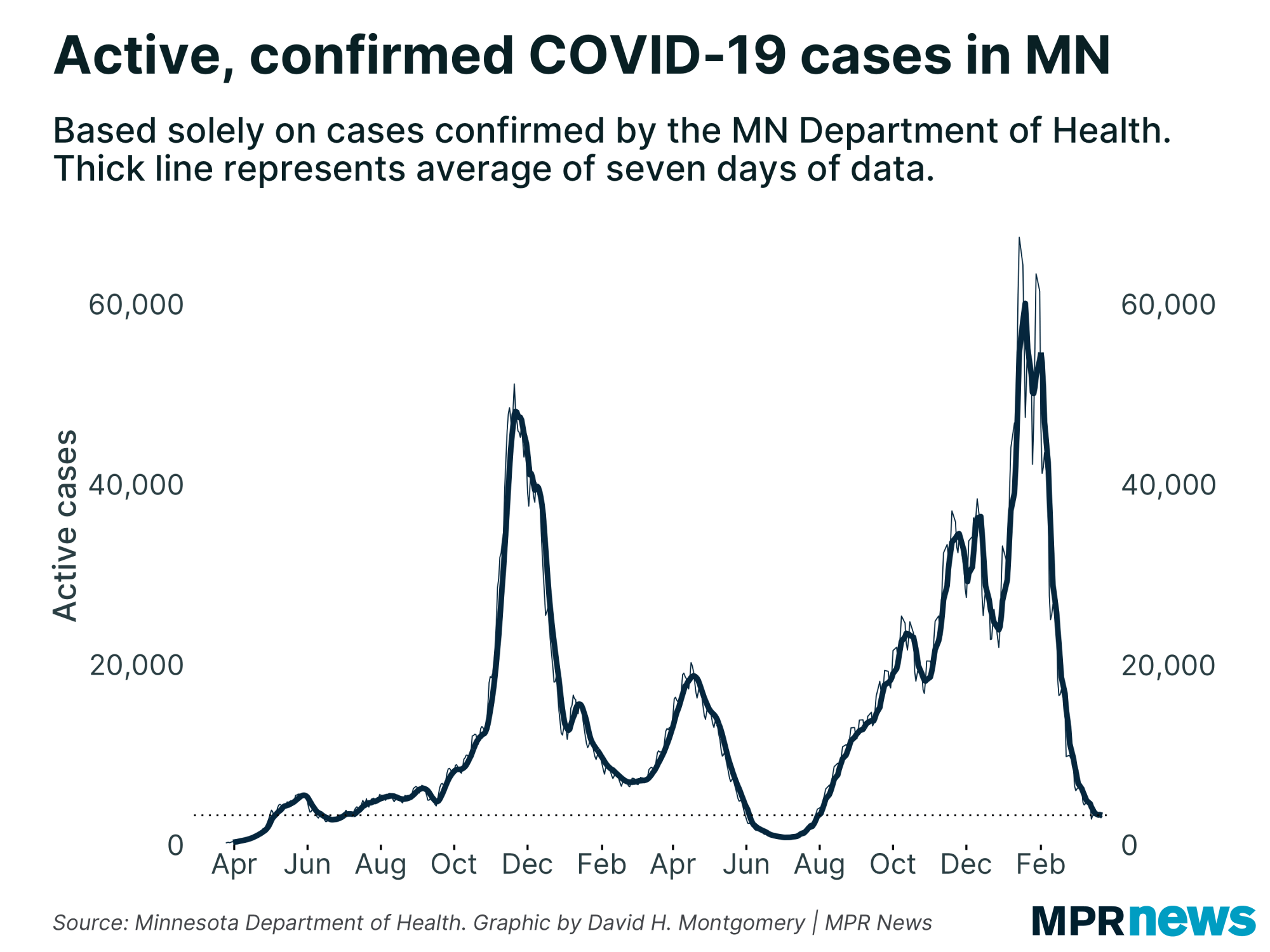
But they’ve also cautioned that it’s too soon to say a Thanksgiving celebration surge will not happen.
They continue to urge Minnesotans to do all they can — wearing masks in public gathering spaces, socially distancing and staying home if you don’t feel well — to guard against the spread of the disease.
Public health authorities have been dismayed this week by reports that scores of Minnesota bars and restaurants are opening or planning to open in defiance of the governor’s order prohibiting indoor service.
Bar and restaurant gatherings remain “really unsafe situations,” said Ehresmann. “This is a serious disease and we have to take it seriously.”
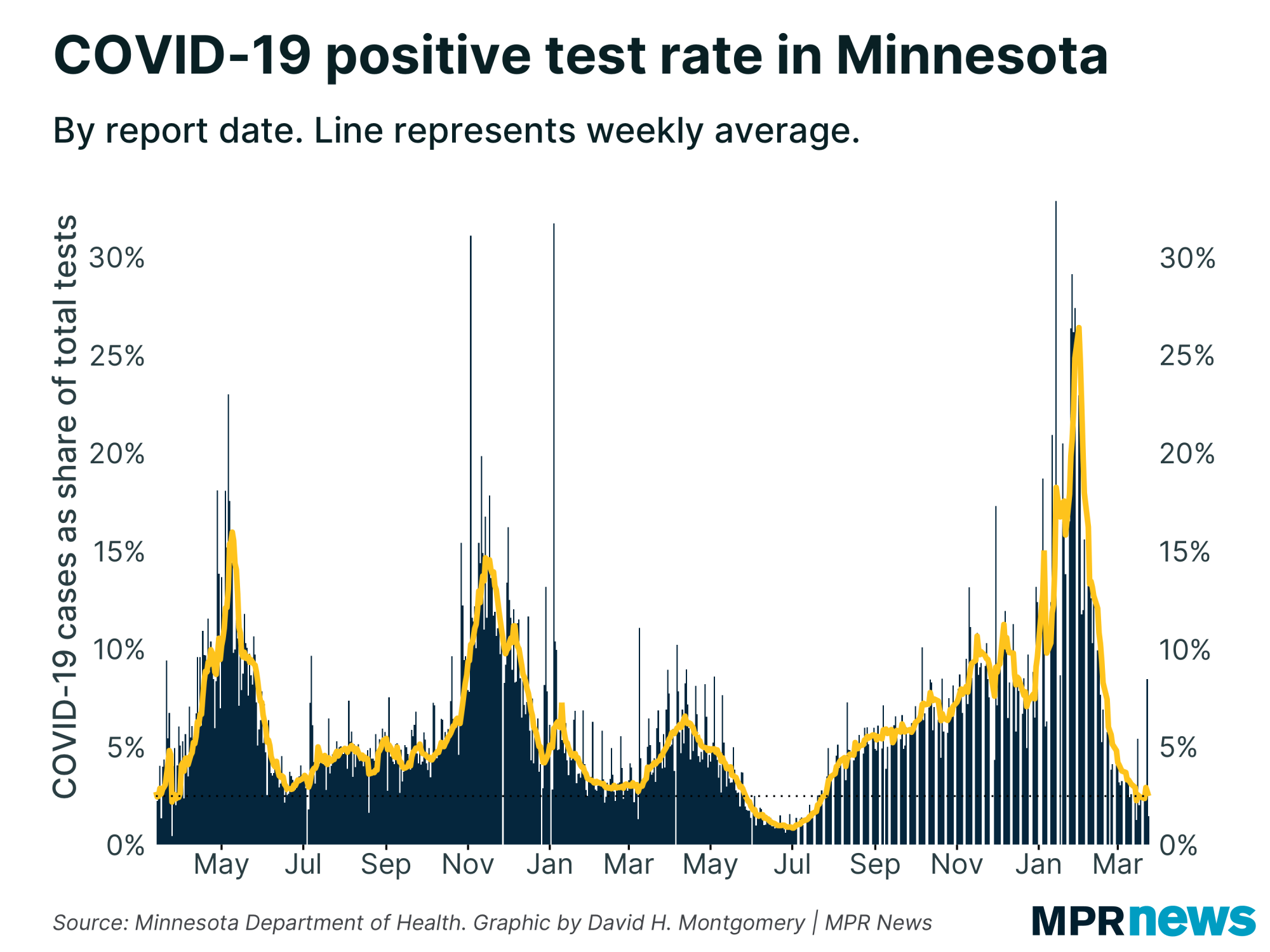
Walz and other officials have expressed hope that the vaccines arriving now in Minnesota and across the country will ease the strain and the need for restrictions eventually, but not yet.
Shots began going into arms in Minnesota this week, but officials caution it will take months for vaccinations to be widespread in the state.
The governor told reporters that he realizes the restrictions are painful, but said the pandemic is still threatening to overwhelm hospitals.
“It would be so much easier if none of this was happening,” he said Wednesday as he extended his current monthlong ban on indoor bar and restaurant service through the holidays, a move he described as a painful but necessary step as they state continues to struggle to stem the spread of COVID-19.
“It would be so much easier if the neighbors weren't dying,” he said, “but that's not reality.”
Developments around the state
Walz: Minnesota may get fewer vaccine doses in first shipment
Speaking on WCCO-AM Radio in the Twin Cities Friday morning, Gov. Tim Walz said he was concerned that the state may get as much as 40 percent less vaccine in the first shipments than it initially expected.
In the interview, Walz said that with a second vaccine from Moderna expected to be approved soon, the flow of vaccine to the state should improve quickly.
“The Moderna will add another supply chain to this,” Walz said. “This weekend the folks should finish up their final authorization. It should start to ship next week.”
He said the Minnesota vaccine distribution is a model for the nation, but it needs the federal government to distribute the supply.
— Euan Kerr | MPR News
Health care workers at St. Cloud Hospital receive COVID vaccine
CentraCare started issuing the first doses of the Pfizer-BioNTech COVID-19 vaccine to health care workers at St. Cloud Hospital on Thursday. Three health care workers at central Minnesota's largest hospital who care for patients with COVID-19 received the first doses of the vaccine.
Amy White, a registered nurse who's spent 37 years in the hospital's intensive care unit, received the first dose. White received a shot in her arm, and was cheered by fellow health care workers.
"However many years I've been doing this, we've never had any battles like this in our unit and our career, so this is a major step we're taking today,” she said.
CentraCare plans to vaccinate front-line workers St. Cloud Hospital's COVID-19 units over the next few days. The vaccine also will be distributed to smaller hospitals in central Minnesota and St. Cloud Hospital is serving as the regional hub for receiving the Pfizer vaccine, which must be stored at very cold temperatures.
— Kirsti Marohn | MPR News
Top headlines
State cracking down on bars and restaurants opening against order: Bars and restaurants around Minnesota that opened in violation of Gov. Tim Walz’s order banning inside dining and drinking are finding out there is no negotiation around the restrictions. The attorney general’s office is contacting them one by one, threatening big fines and liquor license suspensions for noncompliance.
Minn. schools announce return to in-person learning in 2021: Minnesota school districts, including St. Paul and Anoka-Hennepin, are starting to share their plans for the next semester after Gov. Tim Walz laid out a roadmap to re-starting in-person instruction for the state’s youngest learners.
COVID vaccines should roll out soon in Minnesota long-term care facilities: As Minnesota health care workers receive the initial doses of the Pfizer-BioNTech coronavirus vaccine, residents of long-term care facilities are next in line to start receiving those shots — perhaps by the end of the month.
COVID-19 in Minnesota
Data in these graphs are based on the Minnesota Department of Health's cumulative totals released at 11 a.m. daily. You can find more detailed statistics on COVID-19 at the Health Department website.


